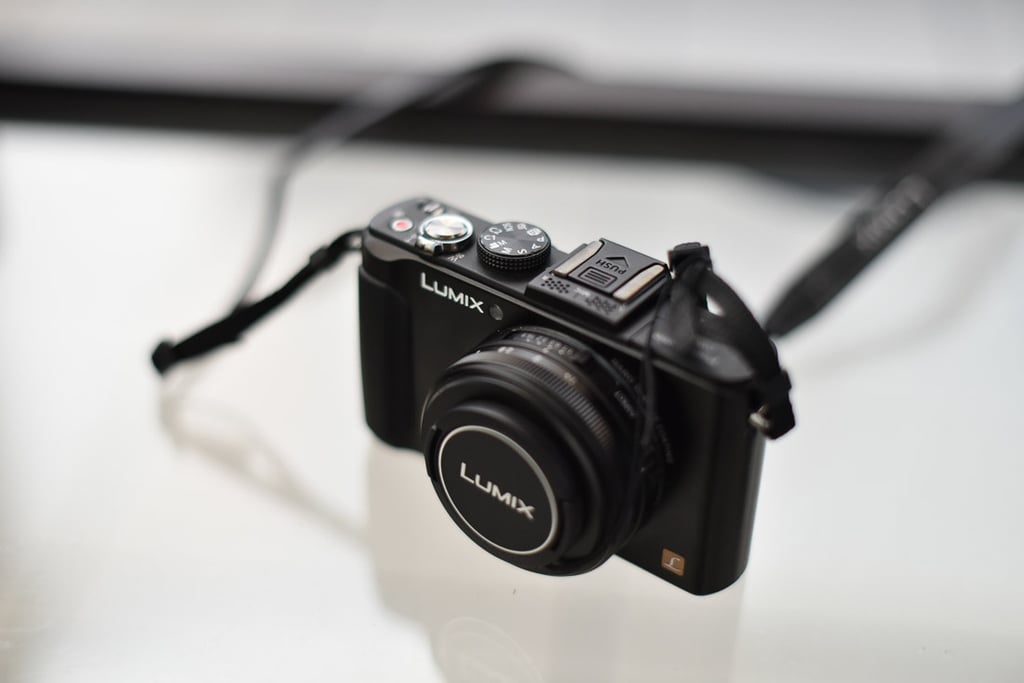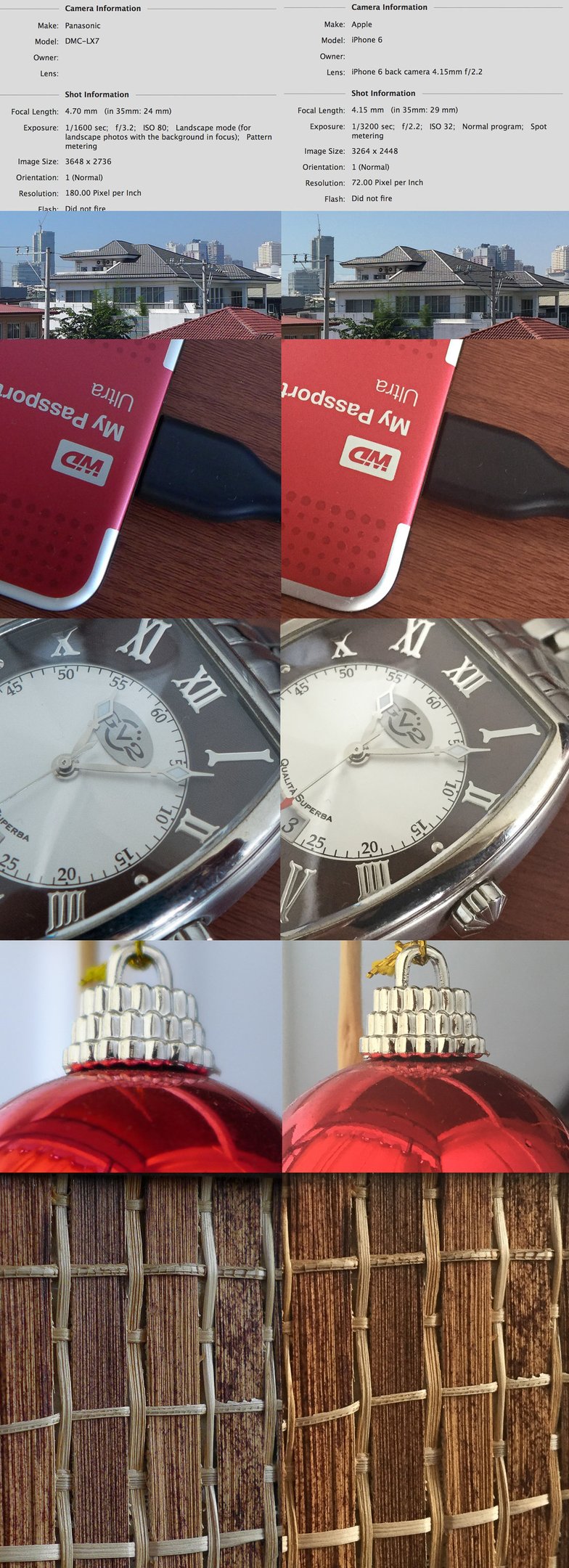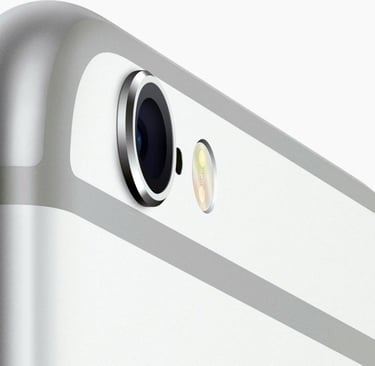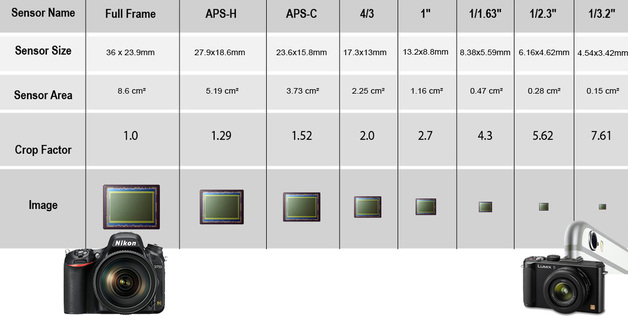For a better view, rotate DEVICE to landScape - fine art PRINTS AVAILABLE SOON!
iPhone Camera vs Lumix (a Diminutive but Real Camera)
How does a top Smartphone measure up to a very popular enthusiast photographer-targeted compact camera? Here's a real-world test to see if all the superlatives Tim Cook mentions to describe the iPhone's camera can match a real (middle of the pack) pocket-sized and iPhone sized camera.
DOCU
John T.
3 min read


2014 iPhone 6 Camera vs 2012 Panasonic Lumix LX7
How does a top smartphone measure up to a very popular enthusiast photographer-targeted compact camera? Here's a real-world test to see if all the superlatives Tim Cook mentions to describe the iPhone's camera can match a real (middle of the pack) pocket-sized camera.
The Panasonic Lumix DMC-LX7 was announced in late 2012, but it is still sold on Amazon for roughly US $400, despite being succeeded by the Lumix LX100 (US $650, presumably the price of the older LX7 when it debuted) in late 2014. The iPhone 6, on the other hand, was announced in late 2014.
Let me begin by telling you what I did not do in this test. I did not compare both to a higher-end DSLR since the image sensor of a pro/enthusiast's DSLR is approximately 55 times the size of an iPhone's sensor. So you can assume the quality of a D750 to be infinitely better. :) I also did not shoot in low light since both the LX7 and iPhone are only good for iPhone-sized screens in dimmer environments, at least for my taste. Viewing low-light shots large on a Mac or a PC, you'll easily notice "roughness" in the image. In photography talk: noise, moiré, and even artifacts.
So here are the test/ comparison shots. I have included the EXIF (settings for the first pair of shots -house/ bldg.) Others were shot in good light and using an aperture of f/2.2 and up. The images are cropped in the same area at 100% magnification to see the details better. You can click the .jpg below to see the test shots in full detail/ size on a new browser window.






Image Sensors are what used to be film in analog cameras, are responsible for capturing light that enters the lens. Bigger is typically more expensive and better being more sensitive to light and better at capturing detail.
From the samples above, two things are apparent. The LX7 produces cooler images while the iPhone 6 is warmer (less blue, more yellow) on Auto White Balance. You may have noticed the slight difference in sizes (resolution) since the LX7 has a 10MP sensor while the iPhone has 8MP.
Now, the important difference is the quality of the output. I find the (Luma) noise on the iPhone images even at the lowest ISO (32). Yes, the iPhone shot at that ISO! Noise consists of speckles/grain in the image. Moiré can also be found (see the roof of the white house). Moiré is the appearance of curvy lines on patterned details of the image. Lastly, if you look closely enough, you'll see some bunching up of pixels or what is referred to as artifacts.
In terms of color, I found the images of the LX7 to be more scene-accurate than the iPhone's, which were too warm. White balance can easily be adjusted, especially for a stand-alone camera like the LX7, which has proper camera controls.
Finally, the details on the iPhone are not as defined when viewed at 100%, even at almost macro focal length/distance. A contributing factor could be that the default contrast setting of the iPhone is low. Looking at the full-sized test, you can see the curvy fine line detail on the watch dial (face) in the LX7 image, while on the iPhone's, it's completely lost.
Overall, the LX7 has cleaner/crisper details. In my estimate, the quality of the images from the LX7 is perhaps 25-30% better than those from the iPhone under good/bright light. The advantage from memory is even higher in dim/low-light conditions. You can say the quality is almost similar, but the difference is enough for people to possibly judge a blog's images as "good" or "not-really good" quality, depending on whether the LX7 or iPhone was used to shoot them.
------
If you're wondering why this post? I scored an LX7 recently, a rock-bottom priced display unit. It got me curious if owning one adds value to my casual photography since the iPhone's image quality is already acceptable, at least during the day.
© 2025. All rights reserved.
Connect with The Lensman Collective
Reach out for inquiries about my documentary and
food photography projects. Let's collaborate and
create stunning visual stories together.
Mobile
platetopic@gmail.com
